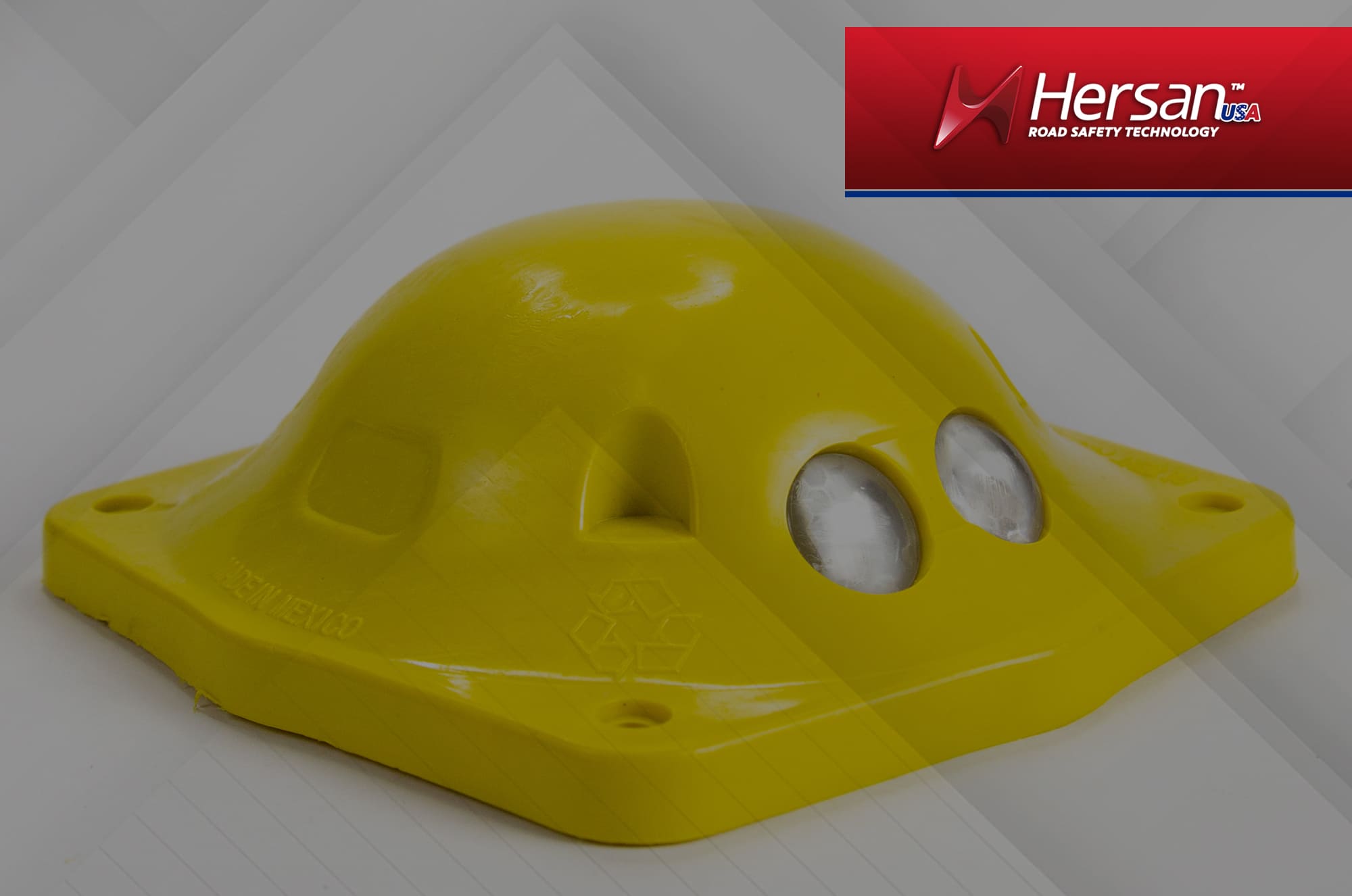Reflectivity (in photometry and heat transfer) is the fraction of incident radiation that is reflected by a surface. It is a directional property, dependent on the angle of incidence, angle of reflection, and the wavelength of the incident radiation. Eventually, it is also averaged over the reflected hemisphere to provide hemispherical spectral reflectivity.
Here, Grefl(λ)G_{refl}(\lambda)Grefl(λ) and Gincid(λ)G_{incid}(\lambda)Gincid(λ) represent the spectral intensities of reflected and incident radiation (by wavelength), respectively. By averaging over all wavelengths, total hemispherical reflectivities are obtained.
Reflectivity is a crucial concept in fields such as solar thermal energy, telecommunications, and radar. It measures the ratio of the amplitude of the reflected electromagnetic field to the amplitude of the incident field, whereas reflectance refers to the ratio of incident electromagnetic power to the power reflected at an interface. Thus, reflectance magnitude is the square of reflectivity magnitude. Reflectivity can be expressed as a complex number, as shown by Fresnel equations for a single layer, whereas reflectance is always a positive real number. In certain contexts, reflectivity distinguishes itself from reflectance by referring to thick reflecting objects.
When reflection occurs due to thin material layers, internal reflection effects can cause reflectance to vary with surface thickness. Reflectivity represents the limit of reflectance as surface thickness increases; it is the intrinsic reflectance of the surface, independent of parameters such as reflectance from deeper layers of the material. The reflectance spectrum or spectral reflectance curve plots reflectivity against wavelength.
Surface type: Reflectivity being directional distinguishes surfaces into those that produce specular reflection and those that reflect light diffusely.
- • Specular surfaces like polished glass and metal have low reflectivity at most angles except the appropriate reflected angle.
- • Diffuse surfaces like matte white paint exhibit uniform reflectivity; radiation is equally reflected in all angles, and such surfaces are considered Lambertian. In reality, many objects have a mix of diffuse and specular reflective properties.
Visit "our page" for more information.
Follow us on social networks


